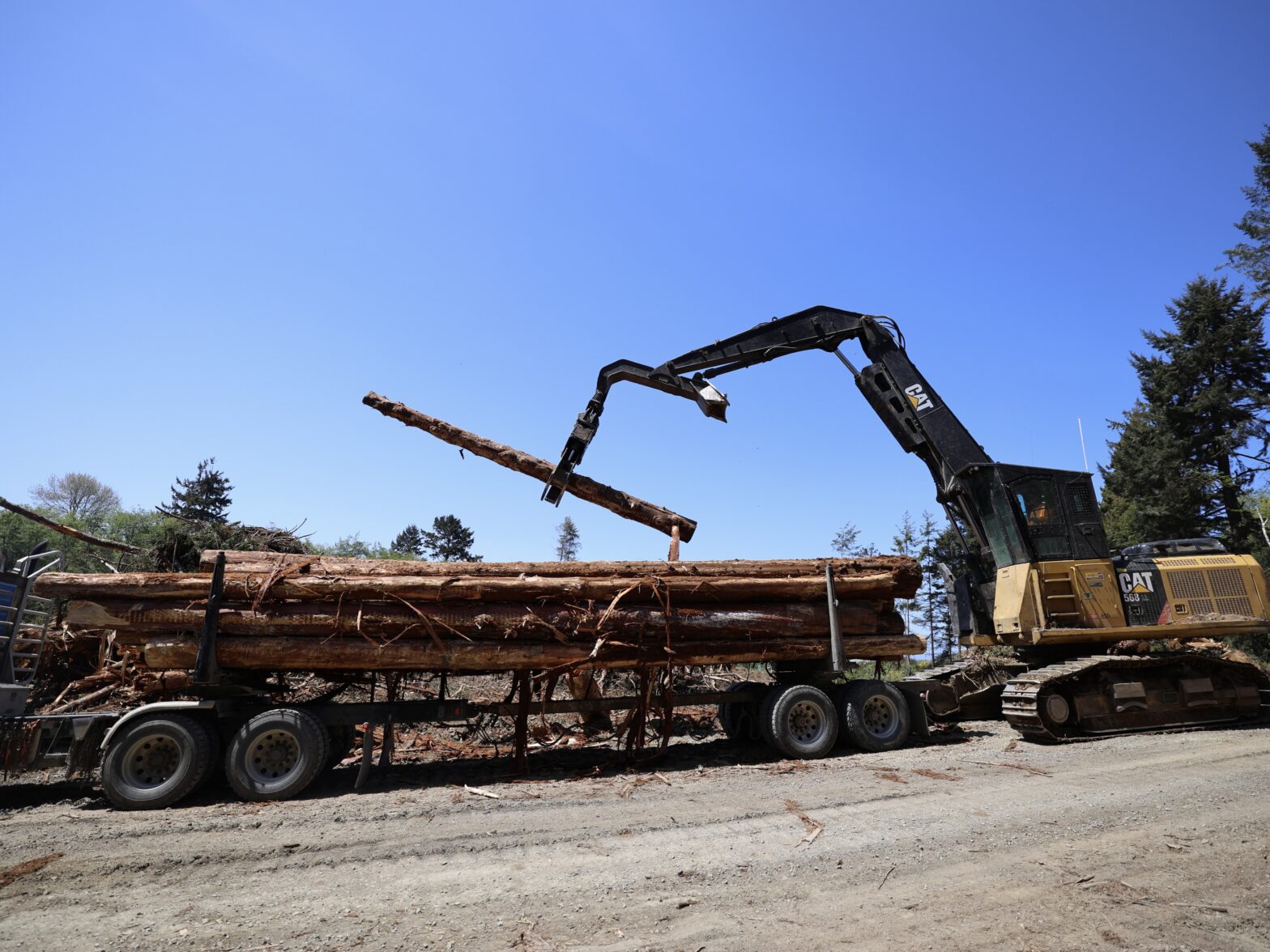Key Takeaways
- Redwood forests are overcrowded and under harvested, leading to ecological stress and fire risk.
- Selective harvesting restores health and resilience to redwood ecosystems.
- Redwood products from Sequoia Forest Products and brands like Sequoia Supreme are renewable, premium-grade, and readily available for years to come.
- With proper management, redwood supply will remain abundant for the next 50 years.
- Strong markets for sustainably harvested wood are critical for forest preservation and rural prosperity.
Northern California’s iconic redwood forests, home to the world’s tallest trees, are facing an ecological challenge that few realize: an overabundance of redwood timber.
Decades of limited harvesting and aggressive fire suppression have left many forests overcrowded, with more than 150 trees per acre in some stands. These conditions suppress younger growth, deplete soil moisture, and create dangerous “ladder fuels,” the dry vegetation that carries wildfires from the forest floor into the canopy.
The solution is not neglect but rather responsible, science-based management and sustainable harvesting.
Why Sustainable Harvesting Matters
Fire ecologists and CAL FIRE agree: active management, including selective harvesting, is the most effective long-term tool for fire prevention and forest recovery. When foresters remove selected trees, they reduce crowding and allow sunlight and nutrients to reach the remaining redwoods. This strengthens the forest and reduces the density of ladder fuels, creating natural fire breaks and improving tree resilience.
In unmanaged stands, fires can burn at temperatures exceeding 1,000°F, killing even old-growth redwoods. But in sustainably managed forests, fires remain low and slow, recycling nutrients without destroying canopy giants. Sustainable harvests mimic natural processes once provided by periodic low-intensity fires, returning redwood ecosystems to their historic health and diversity.
Harvesting as Environmental Stewardship
Modern redwood harvesting is not a return to the clear-cut practices of the past. It’s a science-driven process rooted in sustainable forestry and ecological renewal.
Under California’s Forest Practice Rules, each harvest plan must meet rigorous environmental standards:
- Protection of waterways and wildlife habitat.
- Replanting and regeneration requirements.
- Limits on clear-cutting and sustained-yield guarantees.
This means for every tree harvested, new growth is actively regenerated, ensuring the forest’s productivity and biodiversity increase over time.
Sequoia Supreme Lumber: The Natural Choice
Redwood isn’t just a renewable and plentiful material; it’s a premium outdoor wood unmatched in beauty, longevity, and sustainability. Redwood has twice the availability of any other domestic outdoor wood species.
It’s naturally resistant to pests, warping, and decay, which makes it the preferred wood species for decks, fences, siding, pergolas, and other outdoor structures. Homeowners love redwood’s rich hue, straight grain, and low maintenance.
And unlike plastics or pressure-treated lumber, redwood is biodegradable, renewable, and carbon-negative, storing more carbon than it releases throughout its life cycle.
At Sequoia Forest Products, we continue to showcase redwood as the ultimate outdoor building material, one that’s both environmentally responsible and timeless in appeal.
Building Sustainable Markets for the Next 50 Years
When redwood lumber has value, landowners have the incentive and financial means to maintain their land as forest, rather than converting it for development.
Sequoia Forest Products and industry partners are leading this effort by expanding demand for certified redwood in residential and commercial projects. Increasing awareness of redwood’s renewable and low-carbon properties aligns perfectly with modern green-building goals.
50-Year Economic Outlook:
- Redwood supply is projected to meet and exceed market demand for the next five decades.
- Regrowth outpaces harvest, ensuring a net increase in standing timber volume.
- Rural jobs and local mills are sustained through stable, regulated harvest cycles.
Sustainable Harvest = Sustainable Climate
Healthy redwood forests are among the planet’s most efficient carbon sinks. A single mature redwood can store 10 times more carbon than a typical conifer species. By promoting faster growth through thinning and harvest, forests sequester more carbon over time.
Meanwhile, the lumber itself locks away carbon for decades in decks, fences, and structures, creating a virtuous cycle of climate stewardship. For consumers and builders, choosing Sequoia Supreme means choosing products that directly support forest regeneration and carbon capture.
The Path Forward
We must balance preservation with proactive stewardship to protect Northern California’s forests and communities. That means:
- Reducing timber density to restore forest health.
- Harvesting sustainably under California’s strict environmental rules.
- Expanding premium redwood markets to support forest restoration.
- Planning 50 years ahead for continuous forest growth and economic viability.
California’s redwood forests can remain a natural treasure and a sustainable working landscape. When managed responsibly, redwood harvesting is not exploitation; it’s regeneration.
Ready to become more sustainable? Check out our Sequoia Supreme Redwood fence products to enhance your property.
If you have questions, reach out to Sequoia Forest Products. You can send us a message or call us at (844) 6-REDWOOD.


